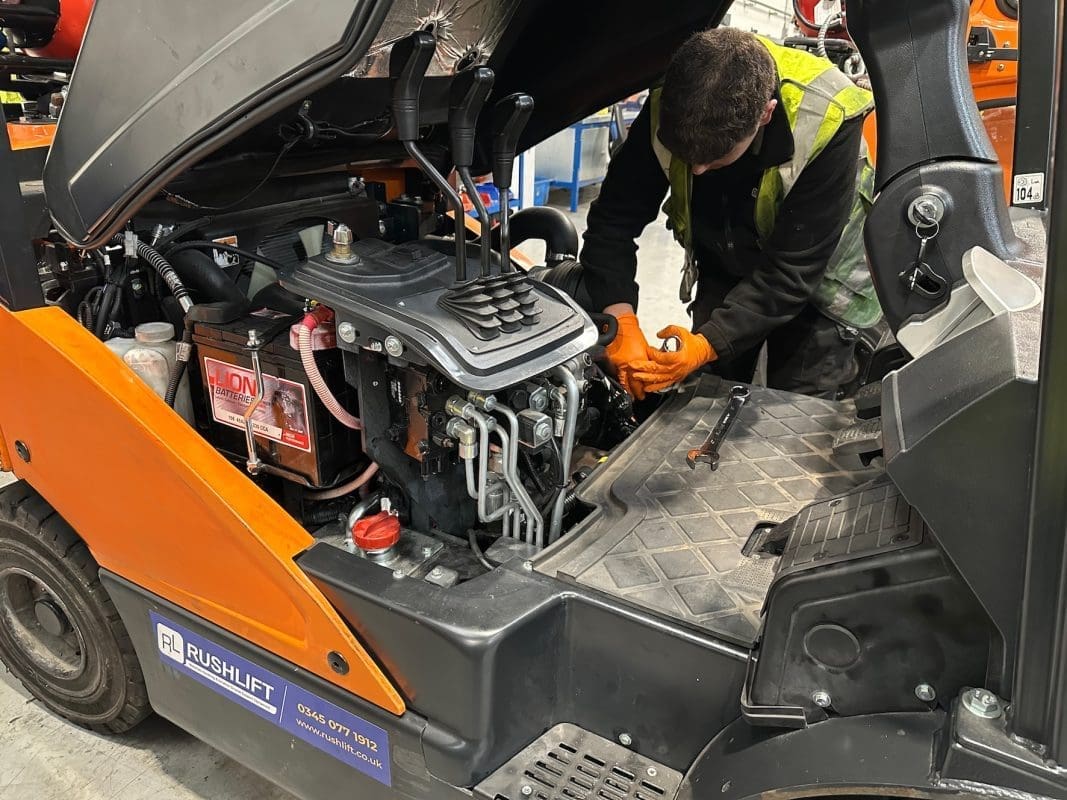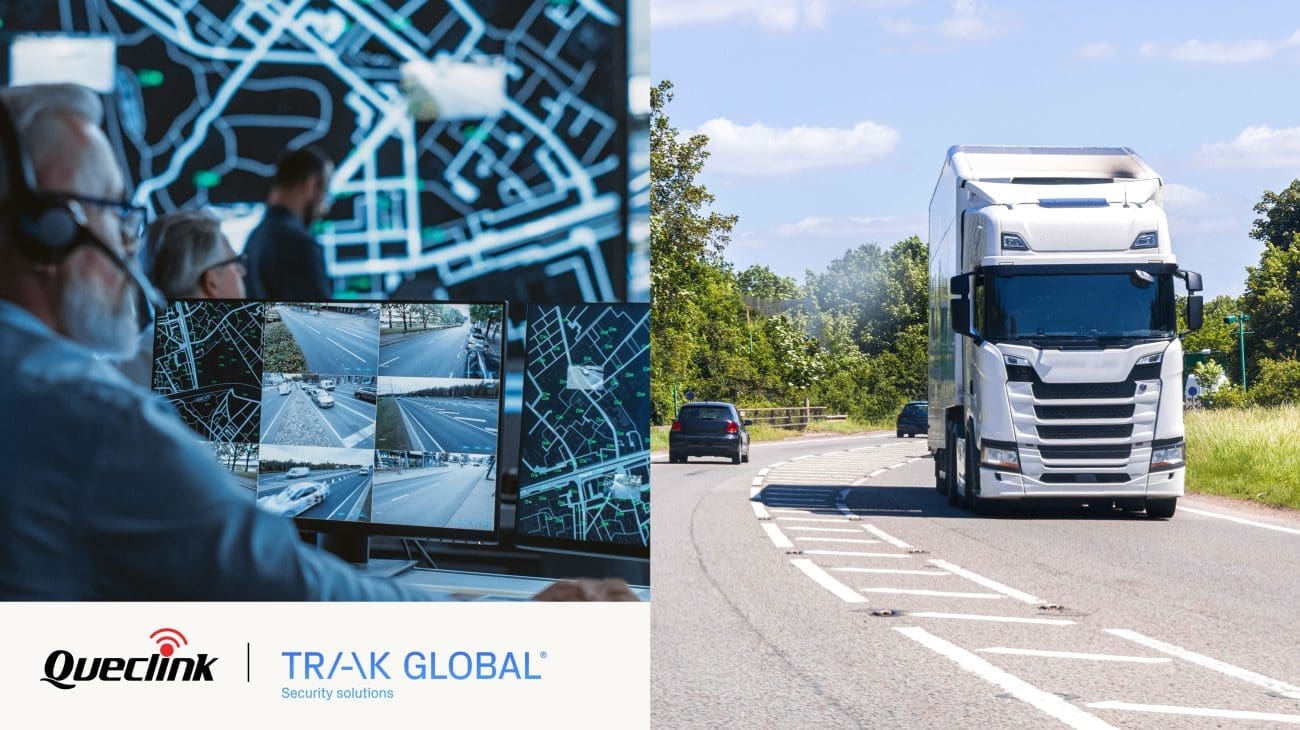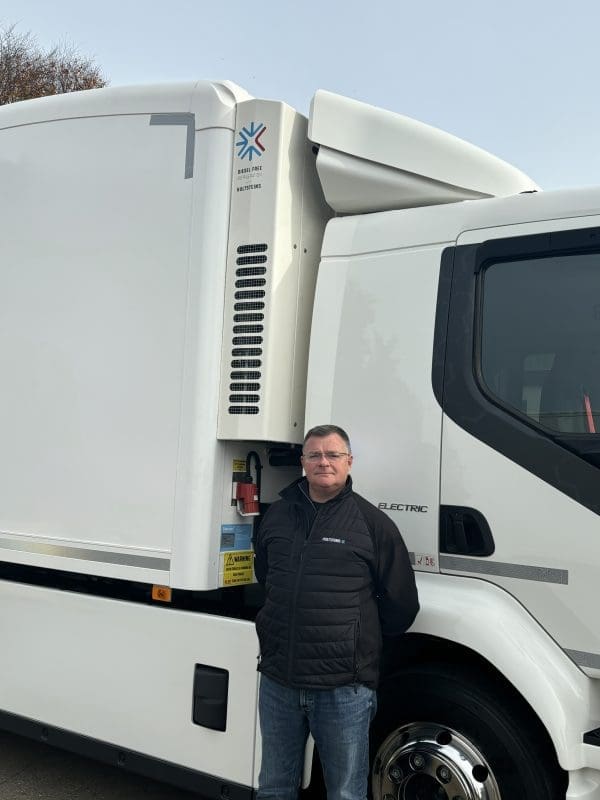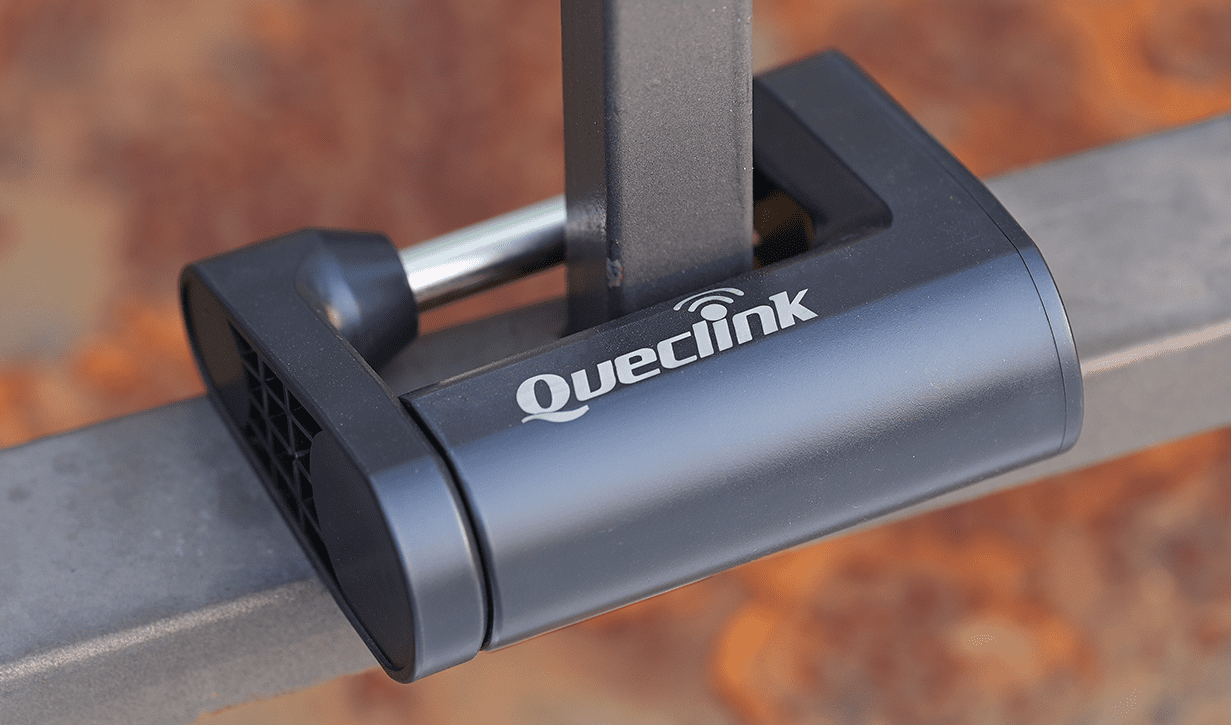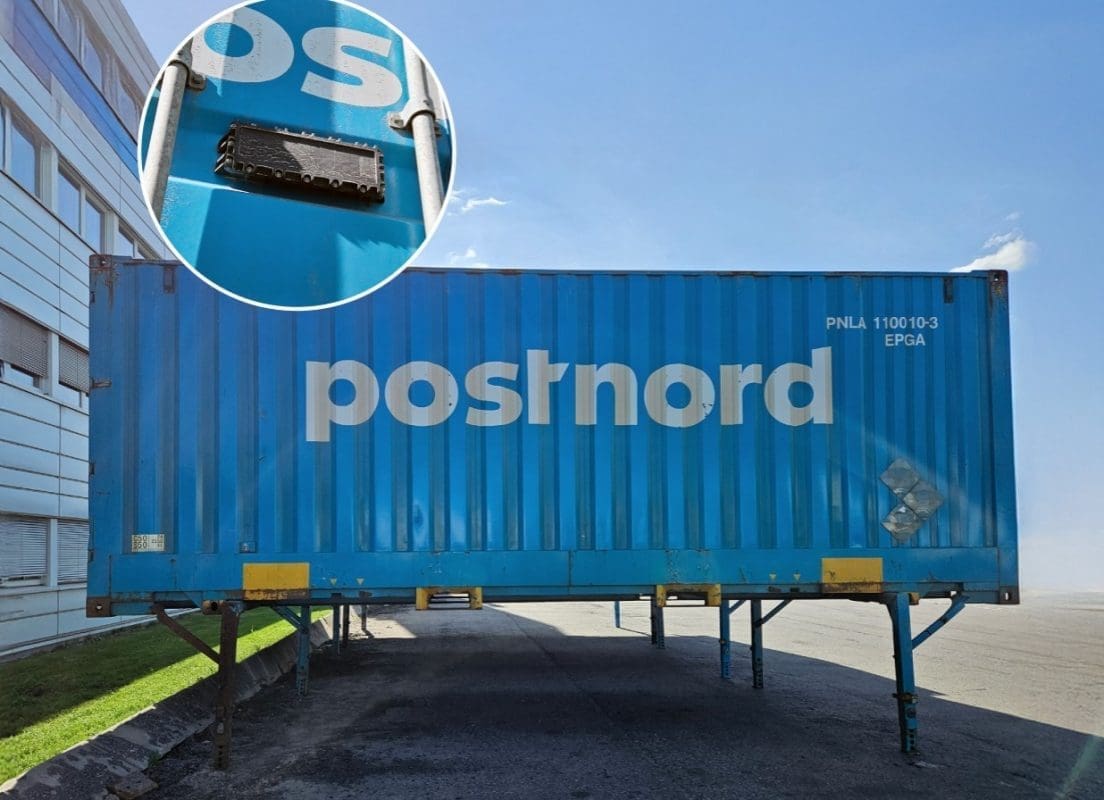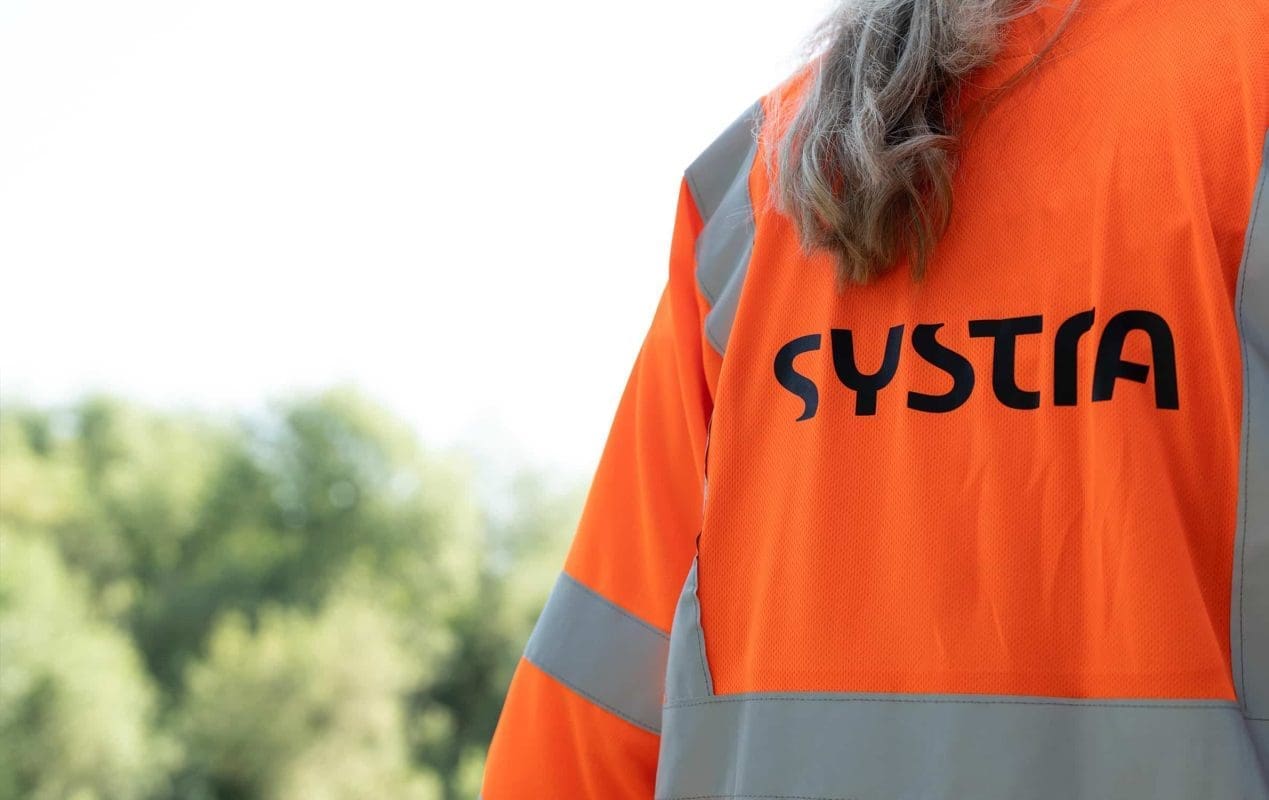- Shop All Documents + Bundles
- FORS V7.1 Document Bundle | Bronze (15 Policies)
- Transport Manager Compliance Pack (10 Policies)
- Transport Manager Compliance Pack (6 Policies)
- Health & Safety Policy Template
- Fuel, Emissions And Air Policy Template
- Operational Security Policy Template
- Serviceability And Roadworthiness Policy Template
- Road Traffic Collision Policy Template
- Counter Terrorism Policy Template
- Load Safety Policy Template
- Vehicle Routing And Scheduling Policy Template
- Driving Standards Policy Template
- Driving Hours Policy Template
- In Cab Technology Policy Template
- Passenger Safety Policy Template
- Complaints And Grievances Policy Template
- Drug And Alcohol Management Policy Template
- Hazard And Risk Identification Policy Template
- VOR (Vehicle Off Road) Policy Template
- Tyre + Wheel Policy Template
- Health & Eyesight Policy Template
- Transport Infringement Policy Template
- Walk Around Check (Defect Check) Tool Box Talk Template
- Transport Manager CV Template
- Social Media Policy Template
- Transport Manager Contract Template
- External Transport Manager Contract Template
- Driver Handbook
National Highways Is Encouraging Fleet Operators To Join Its Free Driver Behaviour Initiative “Ping”
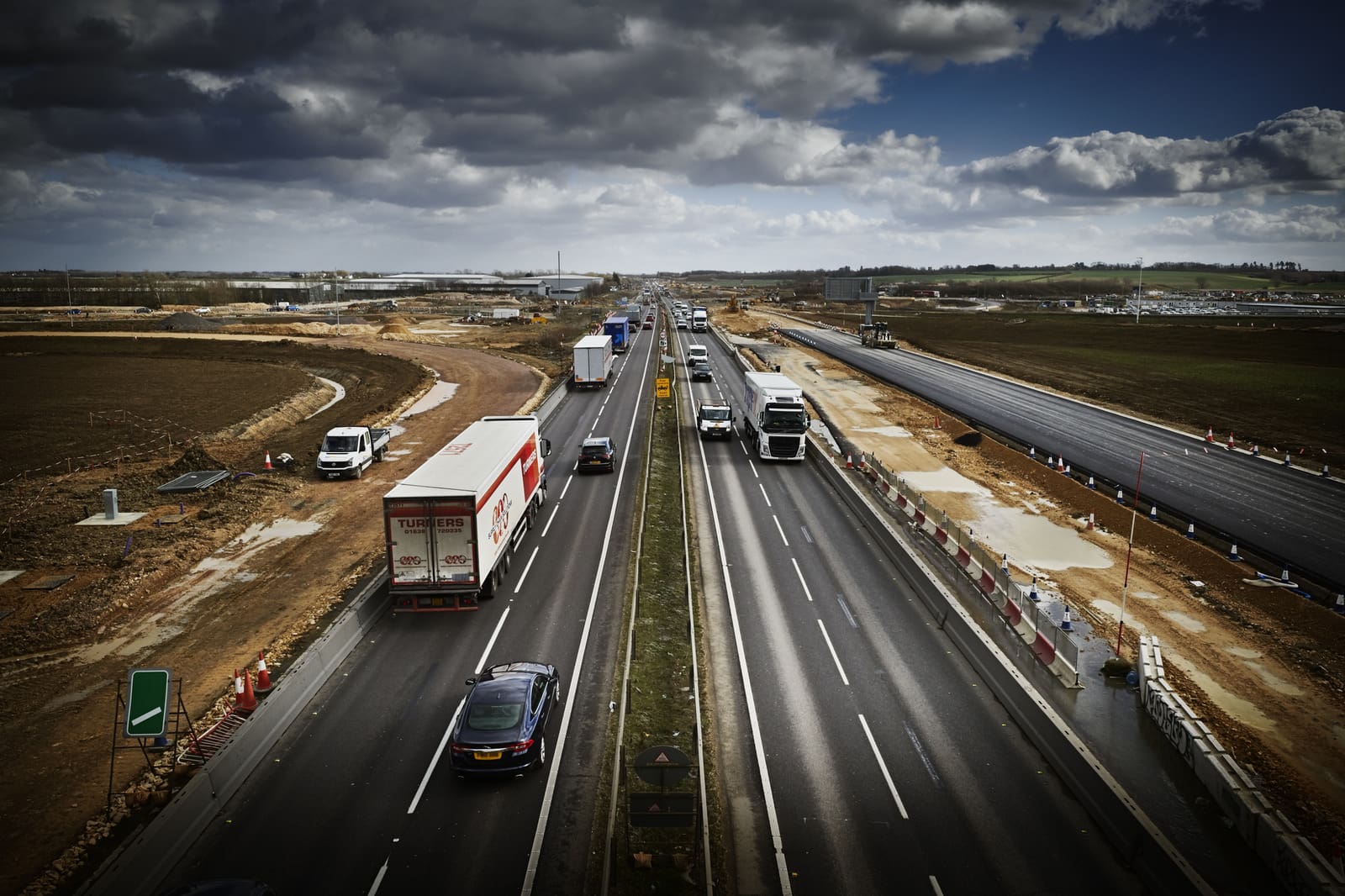
Ping uses several sensors as well as cameras on the strategic road network (SRN)

Ping uses several sensors as well as cameras on the strategic road network (SRN) to “ping” alerts to fleet operators to notify them of dangerous driving behaviours.
Infringements include speeding, close following, weigh in-motion sites (WIM), mobile phone and red-X offences.
Mark Cartright, National Highways head of commercial vehicle incident prevention, said: “It’s a very simple proposal.
“Operators can share their vehicle registration numbers for their fleet and then we let you know what we spot on the SRN.
“Fleets can take the appropriate action and the result is that we have safer roads.
“We are at an ‘ad-hoc’ trial stage with partner fleets and, as such, have not yet developed a formal MOU around processes but be reassured that there is no ‘catch’ and we simply seek to inform opted-in fleets of poor driver behaviours which we are sure they would wish to address in the interests of road safety.”
All fleet operators are welcome, but National Highways is keen to engage with hauliers; especially those operating night-time trunk operations.
Fleets that would like to take part should contact Cartwright to provide an up-to-date list of vehicle registration numbers which also identifies cars, vans, and heavier vehicles.
Fleets taking part also have to commit that they will remedy an issues that have been identified through Ping.
Cartwright told Fleet News: “We are not prescriptive in how that is achieved but may seek reassurance that appropriate interventions have been put in place.
“We have already trialled Ping with three big fleets to show there is demand for the data and in preparation of this larger trial in September.
“We passed on information to one of the fleets after seeing repeat offenders for close following (within 0.47s of the vehicle in front).”
This particular organisation relied heavily on agency drivers and, having identified the drivers involved, around a dozen were ‘black-listed’ by the company from working on their fleet. The fleet also reminded all supplying agencies of its expectations around driving standards resulting in a “significant reduction” in close following incidents.
Cartwright said: “Another fleet saw over 20% of drivers caught for mobile phone use and driving without a seatbelt.
“The fleet coached these drivers and launched a company wide campaign in their driver rest rooms using imagery from the cameras involved providing a significant deterrent effect.”
Cartwright said this next three month trial is to prove there is demand from fleets for the data and that it can have a tangible impact to improve road safety.
He added: “Once we have that we’ll regroup and consider the next steps.
“Hopefully this will demonstrate there is significant demand from the fleet sector for this sector to improve safety for the greater good.”

